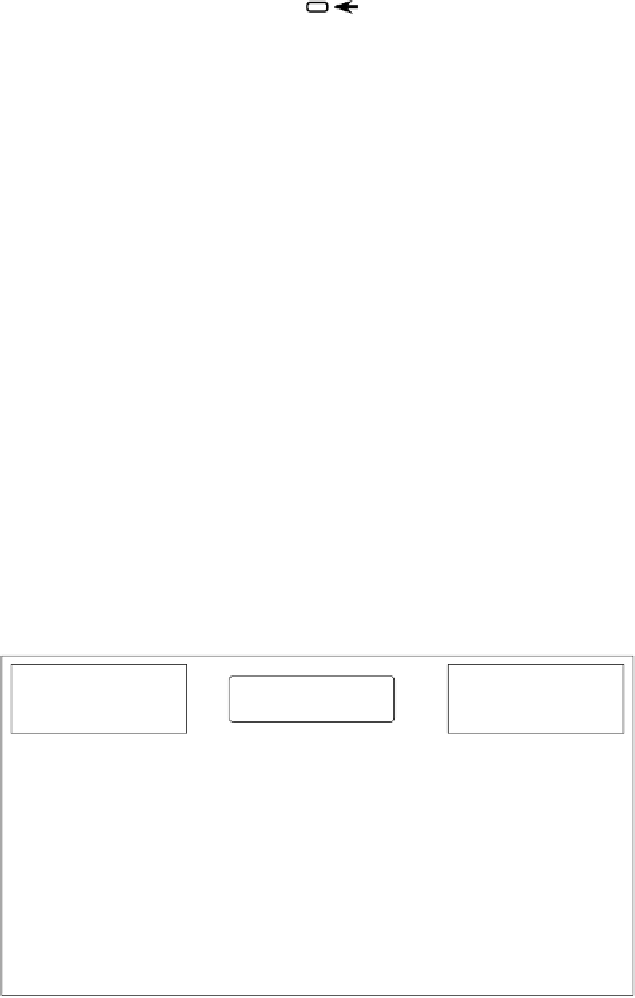Information Technology Reference
In-Depth Information
sReq cReq
N1
sAns cAns
sReq cReq
N3
sAns cAns
sReq cReq
N2
sAns cAns
Fig. 5.
Using Reo channels for modeling the network
The overall behavior of the system is described by the synchronized product
of the
Broker
, the component automata, and the channel automata. The network
itself consists of the
Broker
and the channels. Fig. 5 shows a configuration in
which two buffer channels are used as the network connecting the components.
The dashed arrows in this figure show port bindings, i.e., the channel-end to
which a port is bound. The bold arrows represent the channels.
3 Dataflow Model
In this section we give a detailed model of the dataflow of our peer-to-peer
example. We use the
Ve r eo fy
[10,6,11] (see Fig. 6) tool suite for modeling and
analyzing the detailed dataflow model. The
Ve r eo fy
tool suite supports model
checking and equivalence checking of components, connectors, and the composite
system. Constraint automata serve as a generic operational semantics, which is
used for the service interfaces of the components, the network that provides the
glue code, and the composite system.
Constraint Automata
Reactive Module
Language (CARML)
Reo scripting language
(RSL)
LIBRARIES
(pre- and user defined)
Symbolic CA
Representation
graphical representation
of the network
graphical representation
of the constraint automaton
Model Checker
(LTL, BTSL, ASL)
Bisimulation Checker
YES/ NO + witness/couterexample
(graphical and textual representation)
YES/ NO
Fig. 6.
The
Vereofy
tool suite

































































